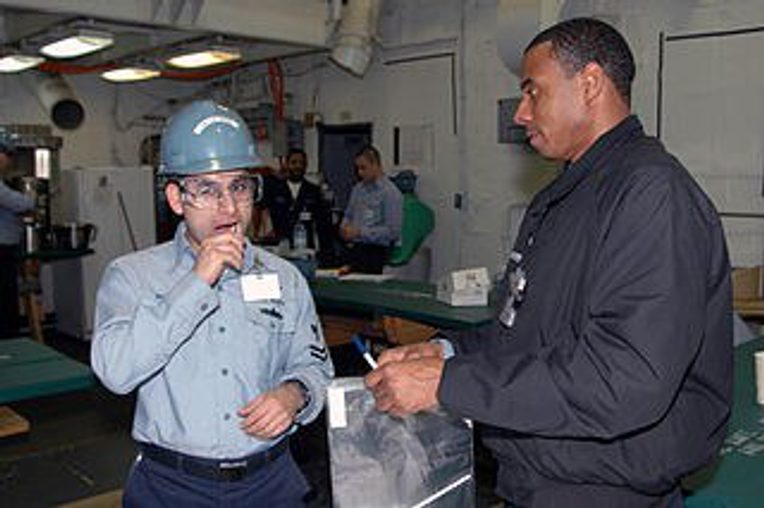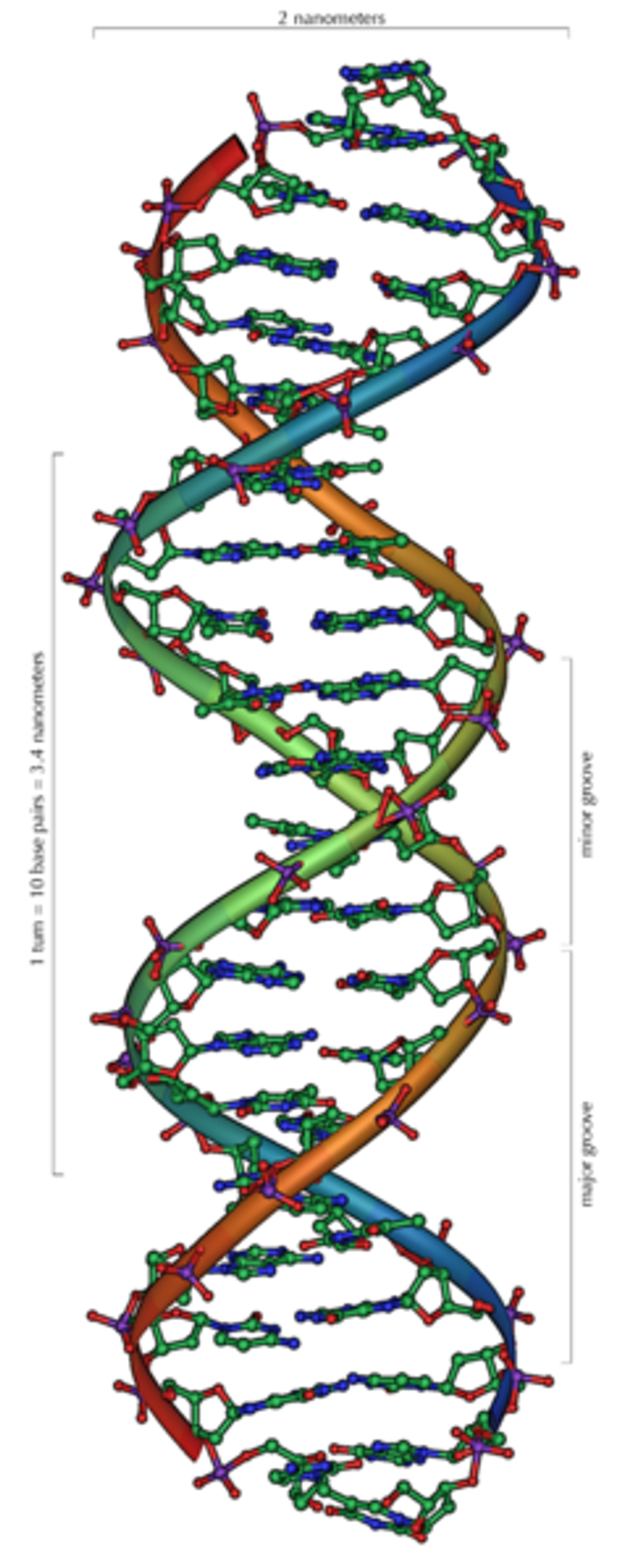This post builds on the research article “Bioethnic Conscription: Genes, Race, and Mexicana/o Ethnicity in Diabetes Research,” which was published in the February 2007 issue of the Society’s peer-reviewed journal, Cultural Anthropology.

Editorial Footnotes
Cultural Anthropology has published a number of other essays on the "conscription" of biology and culture, on genetics, and on race/ethnicity. These include Julia E. Liss' "Diasporic Identities: The Science and Politics of Race in the Work of Franz Boas and W. E. B. Du Bois, 1894–1919" (1998), Robert Boyd and Peter J. Richerson's "The Evolution of Ethnic Markers" (1997), Phyllis Pease Chock's "The Irony of Stereotypes: Toward an Anthropology of Ethnicity" (1987), Corinne P. Hayden's "Gender, Genetics, and Generation: Reformulating Biology in Lesbian Kinship" (1995) and Karen-Sue Taussig's "Bovine Abominations: Genetic Culture and Politics in the Netherlands" (2004).

Questions for Classroom Discussion
1. How do social representations of human difference become entangled with biomedical discourse? In Montoya’s description of bioethnic conscription, what is the significance of the "slippages" between description and attribution?
2. Montoya integrates research from multiple fieldsites in describing the process of bioethnic conscription. What does the practice of multi-sited ethnography make visible about the scientific research process and the pathways of knowledge production that we might not otherwise be able to see? What are some of the mechanisms by which power circulates among and between the multiple sites Montoya describes?
3. As the author’s professional affiliations (with the Program in Public Health and Program in Nursing Science at UCI, for example) and his other ongoing projects (Community Knowledge Project) suggest, there are many possible audiences for this kind of research. What are some of the political and epistemological stakes of this kind of anthropological inquiry into the practice of genetic medical research?
Additional Works by the Author
Montoya, M. with Paradies, YC, and Fullerton, SM. "Racialized Genetics and the Study of Complex Diseases: The Thrifty Genotype Revisited." Perspectives in Biology and Medicine50.2(2007): 203-27.
Montoya, Michael. Making the Mexican Diabetic: Race, Science and the Genetics of Inequality. University of California Press, 2011.
Editorial Overview
The question, "Is race real or a social construction?" has recently risen to the forefront of biomedical research, and geneticists, physicians, ethicists and other experts seem stuck in disagreement as they attempt to identify particular populations at greater risk of suffering from complex conditions such as heart disease, asthma, and diabetes. The reason for the conceptual gridlock is because "race" is neither biological nor cultural, but is instead a much more complex "graft" binding biological and cultural together, argues University of California-Irvine Professor of Anthropology Michael Montoya in the current issue of Cultural Anthropology. Montoya's essay is titled "Bioethnic Conscription: Genes, Race, and Mexicana/o Ethnicity in Diabetes Research."
Through original, long-term fieldwork among both geneticists researching Type 2 diabetes, and people with diabetes, Montoya has been able to detail a chain of processes – collecting and labeling blood samples, constructing genetic databases, classifying differences and similarities, reporting outcomes in scientific journals – through which "social identities and life conditions of DNA donors are grafted into the biological explanations of human difference and disease causality in both objectionable and constructive ways." Montoya calls this chain of processes "bioethnic conscription."
Just as geneticists have now shown that diabetes is a complex condition in which biological, cultural, and personal factors are inextricably "grafted" together to confound easy explanation or treatment, Montoya's anthropological work uncovers the real complexity of genetic research and of categories like "race" that genetics research sometimes relies on.
There is nothing one-dimensional -- or even two-dimensional -- about the scientists in Montoya's study, who are seen grappling creatively with inadequate classifications like "Mexicano." Genetics research itself is shown to be similarly complex. Montoya shows how "the complicated social and biological meanings of race and ethnicity simultaneously shape the biomedical production and representation of diabetes knowledge." Modern genetics doesn't give us a "simplistic remaking of the biological races of man," argues Montoya. "Bioethnic conscription occurs at many stages of the scientific research process and operates independently of the intentions of human actors," he says.
Montoya's essay does not conclude with a simple statement about whether race is "real," or "a fiction," instead showing how 'race' operates in the sciences – both constructively and problematically.